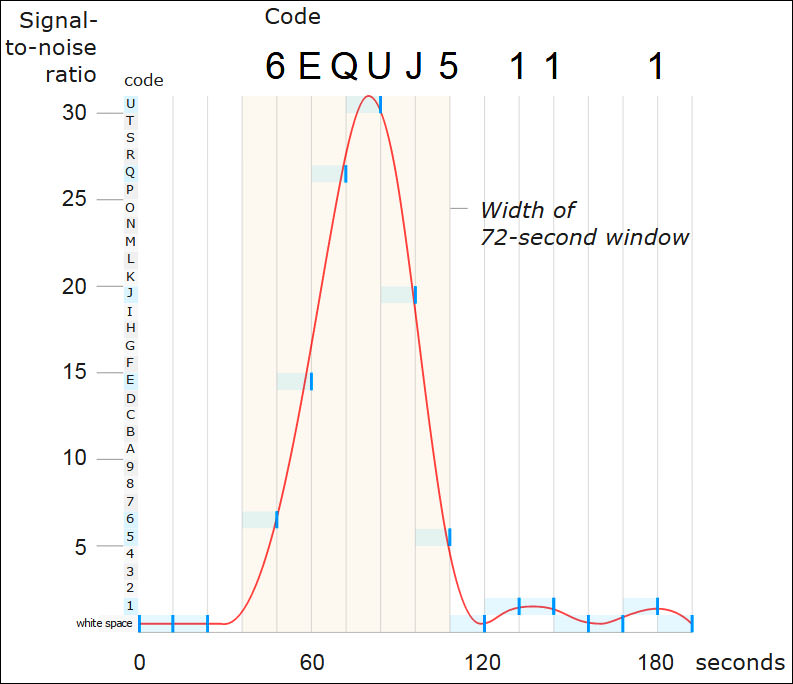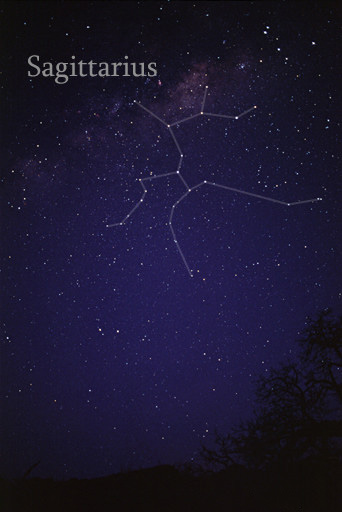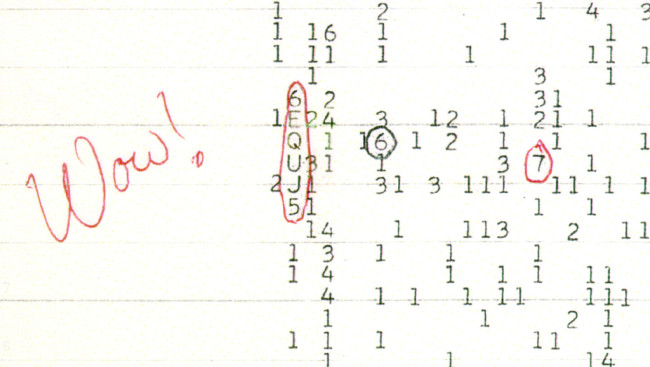Astronomers have uncovered the source of the wow signal after almost 50 years. And it’s not on planet Earth, but almost 1,800 light-years away near a Sun-like star.
In August 1977, astronomers working for SETI detected a very powerful radio signal coming from deep space that’s been the subject mystery ever since. For over 60 seconds, the signal strength from the radio roared louder than anything that yet observed. Then, the signal trailed off into the background noise.

In fact, the Wow signal gets its name from the original printer readout of the radio observatory, when astronomer Jerry Ehman first saw it. Astronomers heard the signal only once and never again. At the time, astronomers knew the signal happened but they could not adequately explain it. Some astronomers speculated it might have been due to a comet–but others said that
In November 2020, an astronomer identified the possible source as a Sun-like star located about 1,800 light-years away in the Sagittarius constellation–directly towards in and towards the plane of the Milky Way.

Based upon updated galaxy maps, the star existed near about 60 other stars. But, astronomers started thinking that if they restricted the candidates to Sun-like stars that they might have better luck. When they restricted their search to stars that looked like the Sun, only one star was found. Astronomers think that the source of the signal is in the direction of the star 2MASS 19281982-2640123. The similarities are so close, the star could be a twin for our Sun.
But the star data is incomplete. Right now, scientists think 2MASS 19281982-2640123 is a good candidate for future study, perhaps even for exo-planets.
Further reading on Space:



